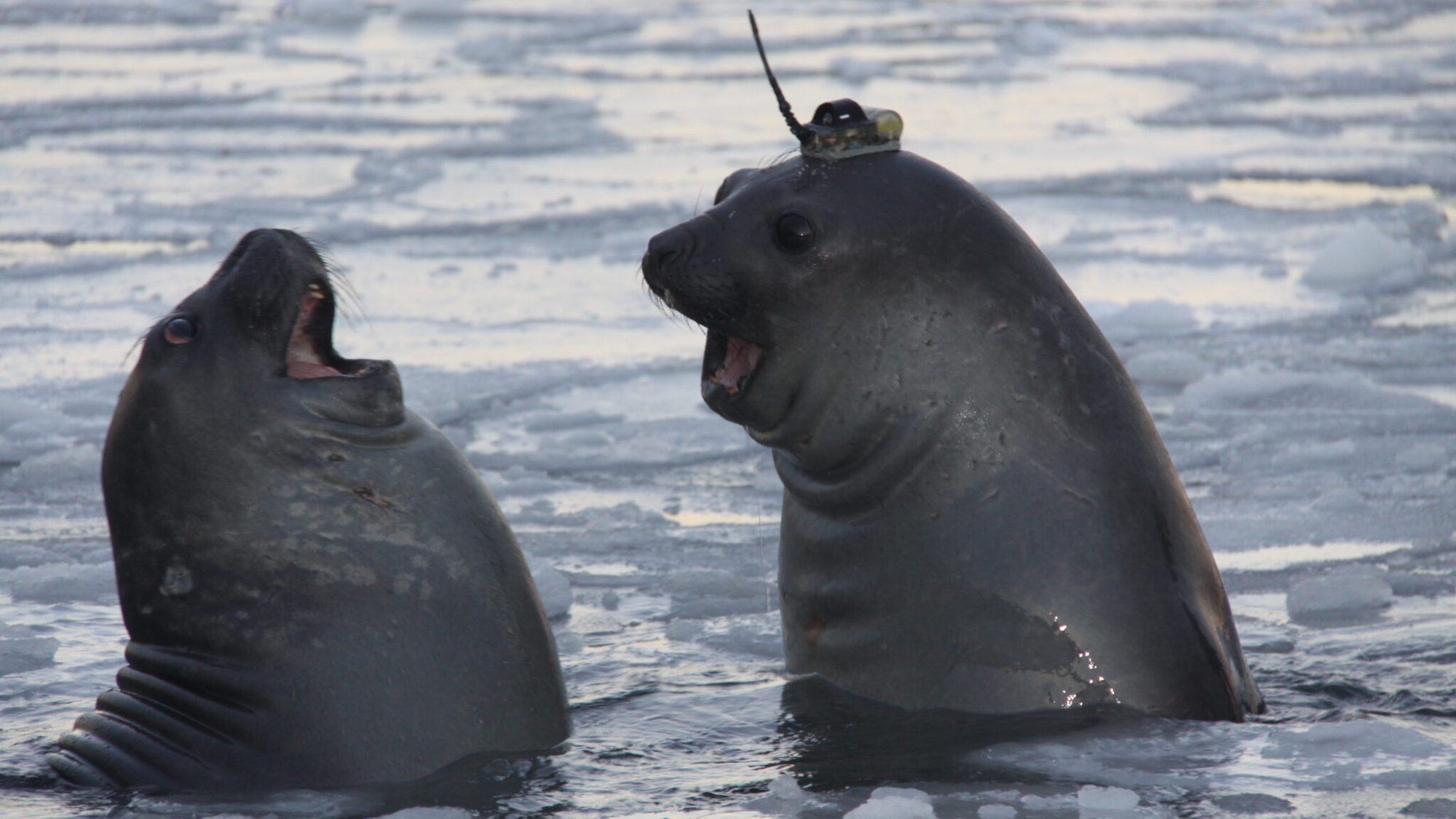

Studying the ocean is a daunting task. It requires machines that don’t corrode in the seawater, and are able to withstand the escalating, crushing pressures as they dive down. While robots have become better at surviving these challenging environments since they became part of the crew embarking on deep-sea explorations, animals like elephant seals and weddell seals do it naturally with ease. As a workaround to keep the tech expenses low but the science quality high, a group of researchers had the idea to attach trackers and basic measurement tools detecting temperature, salinity, and depth to these seals to learn more about their massive marine habitat.
The tracker looks like a funny little hat, but don’t let its appearance fool you. It has proven to be conducive to serious science.
Earlier this summer, the team of international scientists working on the Australian Centre for Excellence in Antarctic Science (ACEAS) project published a report in the journal Communications Earth and Environment in which the seal divers wearing these satellite-paired, glued-on trackers revealed that the bottom of the sea in some areas is deeper than what’s stated on current maps. The seals also helped uncover a hidden underwater canyon in Antarctica’s seas that was then confirmed with other tools, Scientific American recently reported.
This study is just one of the many planned projects for these blubbery, flippered research assistants. According to ABC Australia, the tracker-adorning seals are part of a 20-year project to understand the grooves and depths of the East Antarctic continental shelf and the seafloor below it. Turning the seals into effective free-roaming sensors can fill in gaps in data related to some of the most hard-to-get-to parts of the Antarctic ocean, as the seals are “tweeting” small packets of information they’ve collected to a satellite every time they surface.
[Related: Tagging along with sharks to the ocean’s twilight zone]
Seals may know secret spots, too, that humans have never ventured to before, and they’re still actively exploring, diving down to the seafloor to forage, even when blankets of ice prevent ships and other human devices from accessing certain regions of Antarctica.
This science is happening for an important reason. Getting a more accurate picture of the labyrinthic world under Antarctic ice is key to making predictions about how and how fast melting occurs as a result of climate change. The seals are definitely not the only tool scientists are deploying. Submersible robots like Boaty McBoatface and Icefin are also on a similar mission.
There are many lacunas in the reams of scientific data regarding how the ocean is structured, and how its inhabitants traverse it. Part of the shortcoming is because researchers are approaching the task from a human perspective, and not seeing the environment the way an animal living there would. This could be why there are so many remaining mysteries around phenomena like, for example, where eels reproduce. Using an inside source, or an inside marine animal so to speak, may not be the worst idea to spy on their world.
The method is already yielding results. Other than the seals, a team of scientists from Woods Hole Oceanographic Institution have tagged sharks to study the quirks of the ocean’s twilight zone, and another team tagged turtles in the Indian Ocean to gather data that could be used to predict cyclones.

